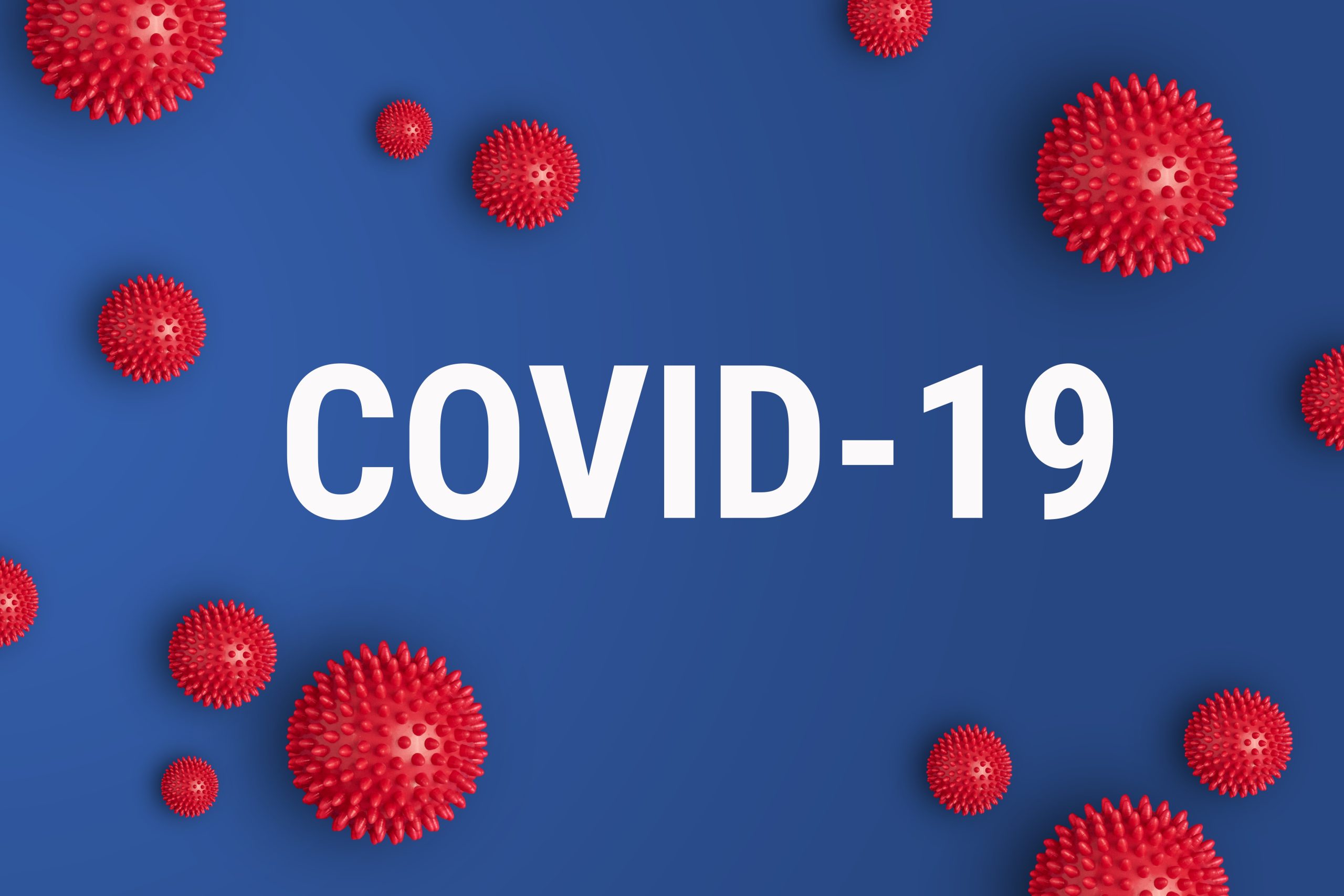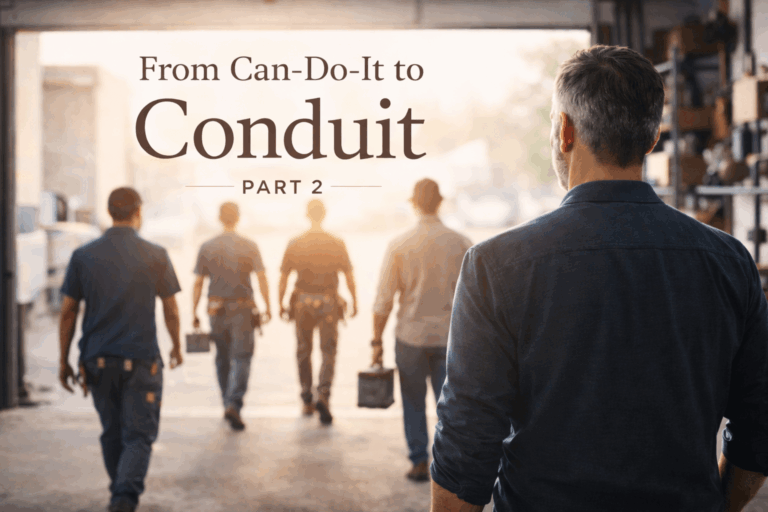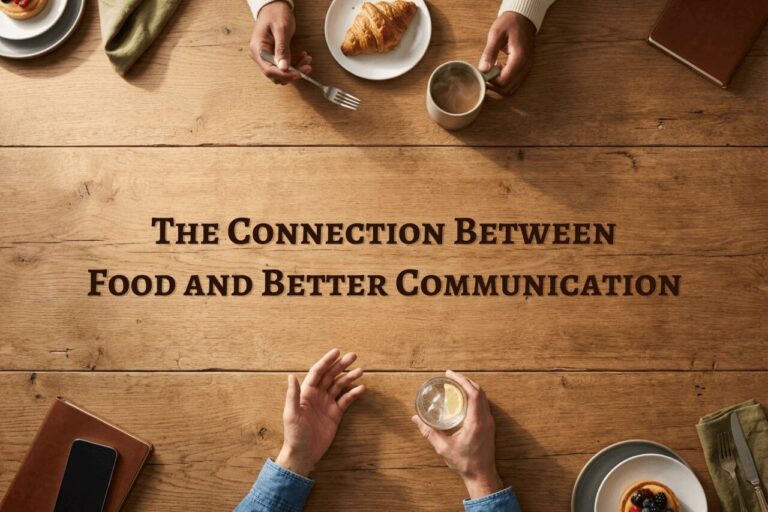It’s hard to believe it was just a short twenty-eight months ago when an uninvited guest now known as COVID-19 decided to pay the world a visit and then settle in and not know when to leave. None of us invited it. We’ve all grown tired of it hanging around. And we’re all ready to move beyond it.
Fortunately, from a business standpoint—particularly those businesses that deal with cleaning or restoring buildings—business has returned. In most cases it’s to the pre-COVID days of strong sales and abundant cash.
When COVID set in, the future became uncertain. People were anxious about not just their personal health but also about the health of their business. At Violand Management, we were frequently asked to offer our insights into how businesses could best deal with the very uncertain economic and business conditions being experienced. With the assistance of all the advisors at Violand, we quickly assembled our Business Continuity Guide—a set of recommendations for business owners and managers to follow to ensure the stability of their business during a time of uncertainty.
While some of our suggestions in the Guide addressed items specific to the economic disruption at the time, many were reminders of things business owners should have been doing all along. With respect to business finance, they included the need to track and collect accounts receivable, increase the frequency of invoicing, monitor the profitability of jobs, and have contingency plans in place for significant drops in revenue.
Those business owners who looked a little deeper realized that the pandemic revealed weaknesses in their business as much as it created them. Obviously, if you’re in a cleaning, disaster restoration, or building services contracting business, you had to adjust to not being able to enter your customers’ homes or businesses. This was catastrophic for some companies, as they experienced immediate and sharp drops in revenue. It took quite a while before some customers were comfortable having workers back in their surroundings. Regrettably, some businesses never recovered, although most have experienced a strong rebound. Still, many business owners found themselves exhausting what little savings they had prior to COVID in an attempt to survive.
Like it or not, COVID is still with us and some say it may become a permanent part of daily life. For businesses there’s a side to COVID even more sinister than its morbidity rate or the disruption it brought to companies and economies around the globe. I call it COVID Whiplash.
COVID Whiplash is a condition that exists in our minds now that business has rebounded and we’re once again enjoying the good life. The anxiety we felt at the outset is behind us. Our business survived and some even flourished because of the crisis. If we’re not careful, we can feel the opposite of survivor’s guilt and start to believe that we and our company are bullet proof. The risk is that we forget all the business lessons we learned through the pandemic. We become comfortable again or maybe a little soft, and this is what leads to the condition.
In Part II of this series I’ll explore strategies to help avoid COVID Whiplash.



